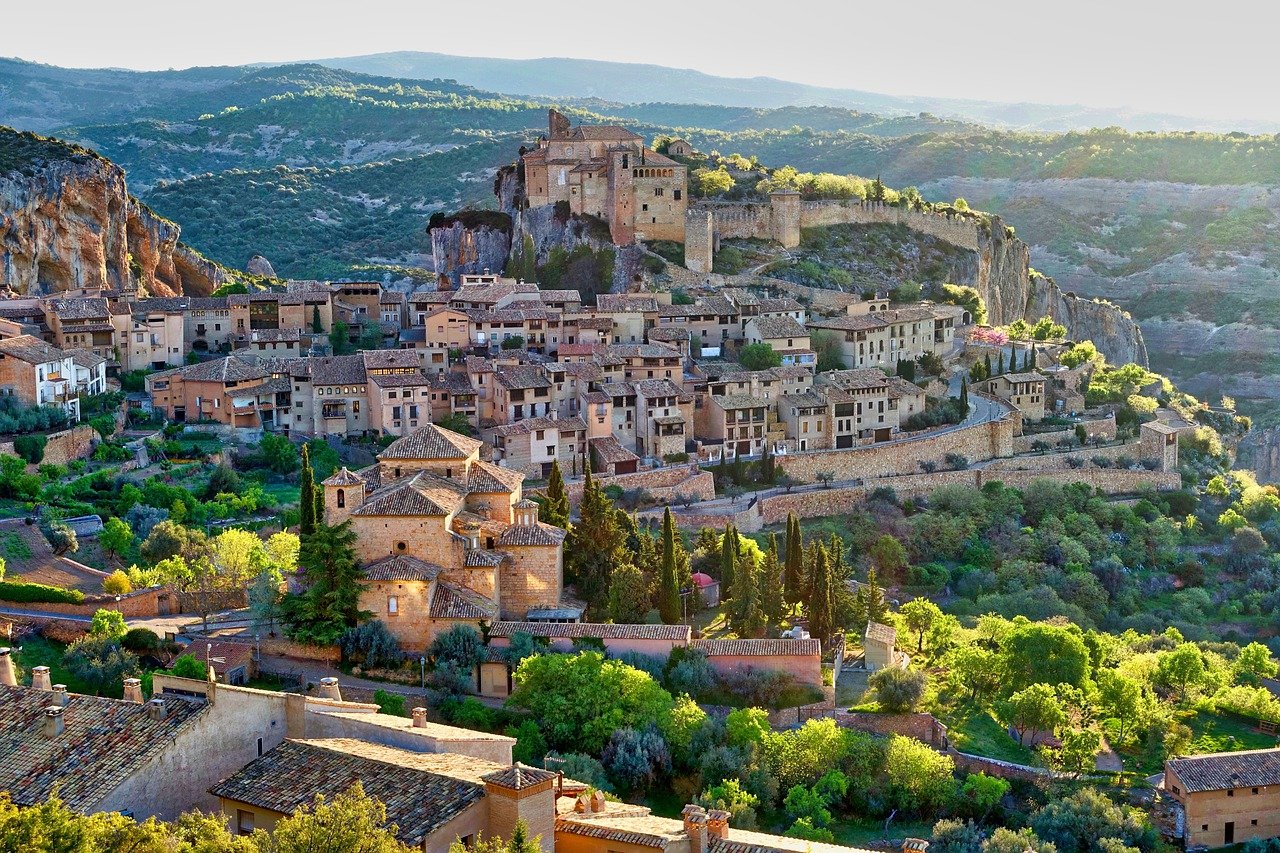Villi and Vé, often overshadowed by their more famous brother, Odin, play an essential role in Norse mythology. Their contributions to the creation of the universe and the endowment of humans with essential qualities such as consciousness and speech are pivotal. Yet, as Norse beliefs evolved, Villi’s significance seems to have diminished, raising questions about his legacy and influence within the mythos.
Who is Vili?
In Norse mythology, Vili stands alongside Odin and Vé as a key figure in the cosmos’s formation. According to the Prose Edda, after vanquishing the primordial giant Ymir, the trio utilized his body to shape the universe. Vili, whose name comes from the Old Norse term for “will” or “desire,” embodies the aspirations and intentions that guided the act of creation. His contributions extend beyond the physical aspects of the universe to encompass wisdom, providing insight into the complexities of existence.
The Myth of the Creation of the World
The genesis narrative in Norse belief illustrates a preexistential void named Ginnungagap lying between the frigid Niflheim and the fiery Muspelheim. It was here that Ymir emerged, and ultimately, it was Odin, Vili, and Vé who perceived the potential in Ymir’s remains. They utilized his flesh to create land, his bones for mountains, and his blood for seas. The sky arose from Ymir’s skull, and Asgard, the gods’ domain, was formed from his eyebrows.
Vili’s contribution during this formative endeavor emphasized the collaborative spirit among the deities. Through his wisdom and vigor, the gods harmonized their visions, solidifying their status in the Norse pantheon as the Æsir. This myth epitomizes the idea of life stemming from death, emphasizing a cyclical reality where demise leads to rebirth.
Vili’s Role in the Creation of Humans
In addition to cosmological creation, Vili, along with Vé, played a significant role in shaping humanity. They breathed life into two trees, forming the first mortals, Ask and Embla, endowing them with consciousness and intellect. This narrative reflects the interconnectedness of humans, nature, and the divine, marking a transformative moment in the Norse pantheon as it showcased a symbiotic relationship wherein humans aided in maintaining cosmic order.
The Myth of the Binding of Loki
One of the more gripping tales featuring Vili is the binding of Loki. Following Loki’s misdeeds, the gods, including Vili, devised a punishment. Loki was bound to a rock, and Vili aided in this by placing a cord around Loki’s lips to mute him, while Vé secured his limbs. This tale underscores the themes of justice and accountability prevalent in Norse mythology, reinforcing the consequences of deceitful behavior.
Vili’s Legacy
The legacy of Vili remains palpable in contemporary culture. Notably, his brother Odin is prominently featured in various forms of media, including the Marvel Cinematic Universe, whereas Vili’s contributions, though less recognized, are nonetheless influential. The allure of Norse mythology has permeated literature, art, and music, inspiring notable works such as Neil Gaiman’s “Norse Mythology” and the series “Vikings.”
Various video games and role-playing setups, such as “God of War” and “Assassin’s Creed Valhalla,” also explore Norse myth, showcasing Vili’s significance in the creation lore. Scholars continue to unravel the stories of Norse deities, revealing new interpretations and understandings of Vili’s role in the pantheon.
Conclusion
Though Vili may not enjoy the same level of fame as Odin, his contributions to the Norse mythological narrative are undeniably profound. As a creator deity, Vili influenced the physical world and humanity’s essence. His participation in significant myths, including the binding of Loki, illustrates his function as an upholder of cosmic order. A deeper exploration of Vili’s character and contributions affirms the intricate tapestry of Norse mythology, demonstrating that every deity, including Vili, plays a vital role in the grand saga of existence.



